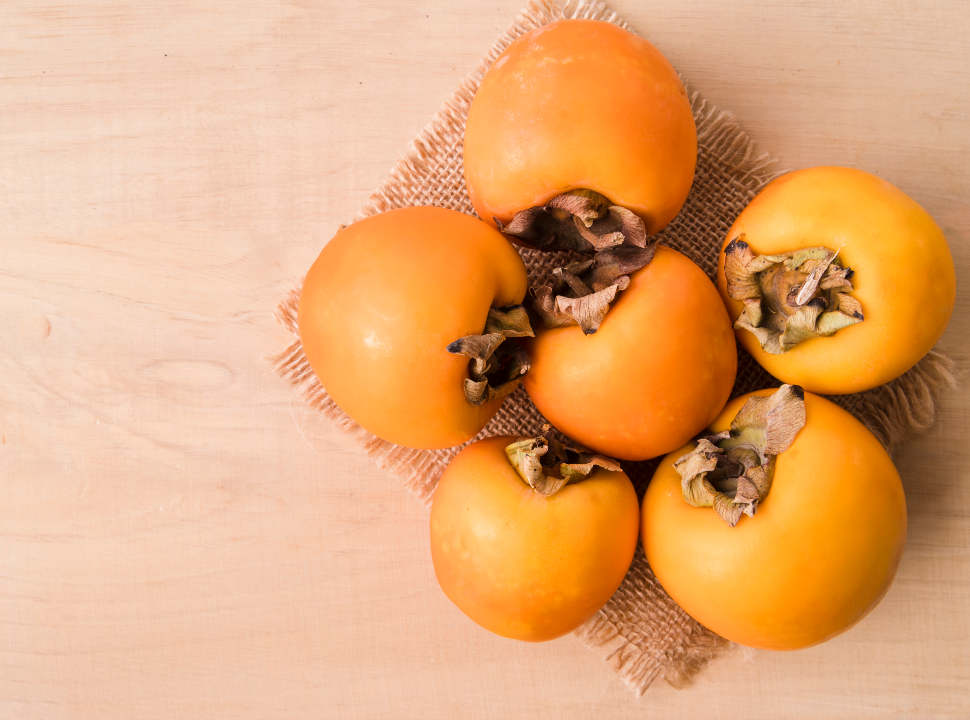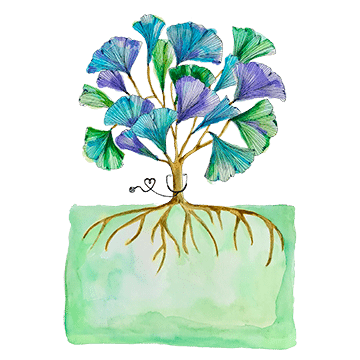
Persimmon: a Nutritious, Fruity Gem
Persimmon is an Asian specialty or “rare” fruit, available in several varieties, classified broadly by sweetness or astringency. Two of the most common are Fuyu and Hachiya.
Persimmons are packed with antioxidants such as vitamins A, C, and E. Consuming foods rich in antioxidants can help counteract oxidative stress in the body, which has been linked to inflammation and certain chronic diseases. They also contain a good amount of fiber, which is good for the gut, as well as manganese, a trace mineral that helps support the nervous system.
Fuyu persimmon is a short, squat fruit that almost resembles an orange tomato. Best eaten when firm and raw, it’s ideal for salads, adding a splash of color and delightful sweetness. You might enjoy adding persimmon to smoothie bowls or even to a turkey or egg-white sandwich. For dessert, try the Fuyu persimmon with a sprinkle of cinnamon and a dash of frozen whipped topping or Greek yogurt.
Hachiya persimmon is longer than the Fuyu and is somewhat heart-shaped. It’s quite bitter until soft and very ripe. Enjoy ripe, alongside other foods, spooned directly from the fruit, much like one would a halved kiwi. Hachiya persimmons are high in tannins which makes them astringent (bitter, drying). It also means you should not eat too many raw Hachiyas on an empty stomach because they can turn into an indigestible mass in your intestines. Follow these three rules for enjoying Hachiya persimmon.
1) Freeze, dry, or mechanically whip the fruit in a blender before using.
2) Place fruit in a bag in a warm place for a few days before using to break down the tannins.
3) Always pair Hachiya persimmons with other foods.
Persimmon is available in the winter months and it can be fun to experiment with their unique flavor.
Resources
California Rare Fruit Growers. “Persimmon.”
HealthLine.com “Top 7 Health and Nutrition Benefits of Persimmon.” Accessed 5 Oct 2020

